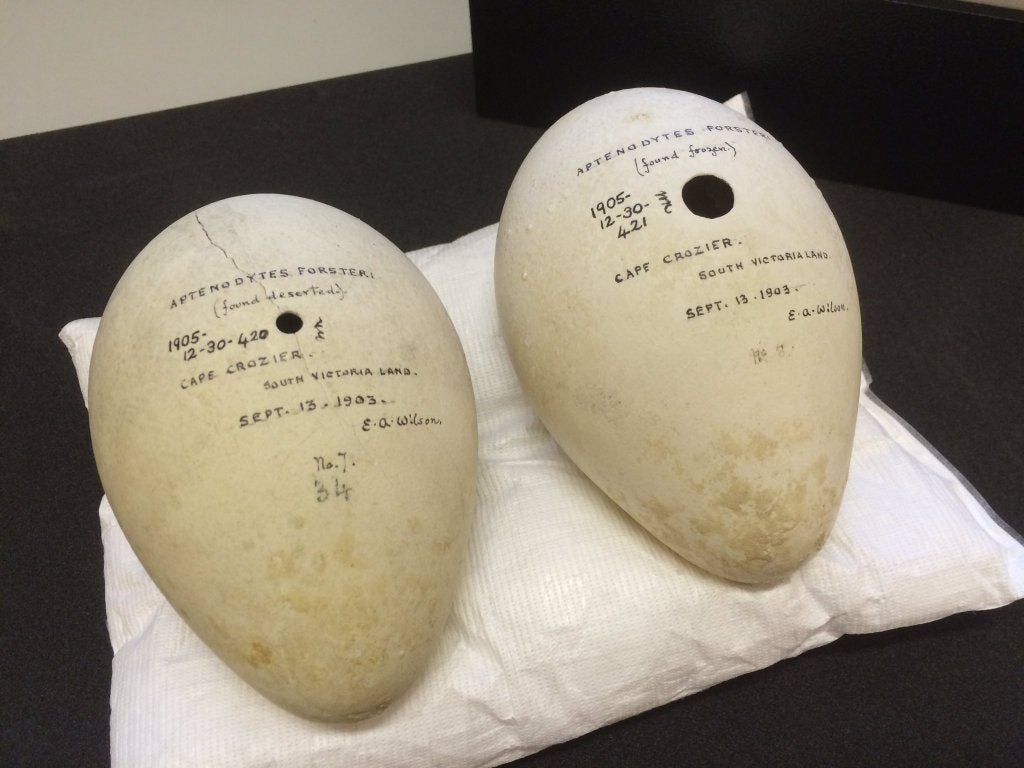Excerpts and curios from around the web:
Hello, it’s Sunday! Let’s put some poop on the walls, shall we? Or at least let’s talk about artist Mary Kelly, who in 1976 put her son’s diaper liners on the wall of the Institute of Contemporary Art in London. “The point was an important one,” writes Nell Frizzell for Vice. “[I]f wine, soup cans, fascist symbols, and a man wrapped in a tent beside a coyote can be art thanks to Andy Warhol, Gilbert and George, and Joseph Beuys, then why not the detritus of the maternal experience?”  Kelly went on to become a critical feminist force, creating art that was “unapologetically political and intrinsically personal.” Now, her work is undergoing a revival in the city that made her famous, with several exhibitions scheduled over the next few months. In her Vice interview she reflects on Post-Partum Document, recent works such as Flashing Nipple Remix, and the intersections of feminism, humor, and protest. “Feminism made everything I did from Post-Partum Document very consistent; I was working from what I call my discursive psyche. Asking the same questions I’ve been asking since I joined the Women’s Movement—the same questions that were being asked in lots of different fields. There is a logic to the work after that.”
Kelly went on to become a critical feminist force, creating art that was “unapologetically political and intrinsically personal.” Now, her work is undergoing a revival in the city that made her famous, with several exhibitions scheduled over the next few months. In her Vice interview she reflects on Post-Partum Document, recent works such as Flashing Nipple Remix, and the intersections of feminism, humor, and protest. “Feminism made everything I did from Post-Partum Document very consistent; I was working from what I call my discursive psyche. Asking the same questions I’ve been asking since I joined the Women’s Movement—the same questions that were being asked in lots of different fields. There is a logic to the work after that.”
The guiding message of Eric Spitznagel’s new memoir is something we all can learn from: don’t ditch your record collection for easy money. You’ve got kidneys, haven’t you? How about plasma, or sperm? “I never made the conscious decision to deep-six my vinyl,” Eric Spitznagel writes in the first chapter of Old Records Never Die: One Man’s Quest for His Vinyl and His Past (Plume, April 2016).  Spitznagel, who cashed in his albums in the eighties and nineties, has since embarked on a journey to get them all back. Not just copies, either. His own personal records. It all started in 2013, when Spitznagel interviewed Questlove for MTV Hive. (Questlove, by the way, lays claim to a carefully curated record collection seventy-thousand strong.) It was then that the entertainment journalist revealed, almost by accident, that he’d cashed in his vinyl a long time ago. “[T]here was silence on the other end of the phone. ‘Oh, man, I’m sorry,’ Quest finally said, his voice a whisper. He seemed sincerely shaken by my admission, like I’d just casually confessed that I’d put a pillow over my dad’s face while he slept and held it there until he stopped breathing. ‘Well, you know, I could always get them back,’ I said, backpedaling. ‘Sure, yeah, absolutely,’ Quest said. But he didn’t believe it, I could tell. It was like when a clearly crazy person says, ‘I’m not crazy,’ and you’re like ‘Oh, yeah, totally, you’re not crazy at all,’ but you absolutely think that motherfucker is crazy.”
Spitznagel, who cashed in his albums in the eighties and nineties, has since embarked on a journey to get them all back. Not just copies, either. His own personal records. It all started in 2013, when Spitznagel interviewed Questlove for MTV Hive. (Questlove, by the way, lays claim to a carefully curated record collection seventy-thousand strong.) It was then that the entertainment journalist revealed, almost by accident, that he’d cashed in his vinyl a long time ago. “[T]here was silence on the other end of the phone. ‘Oh, man, I’m sorry,’ Quest finally said, his voice a whisper. He seemed sincerely shaken by my admission, like I’d just casually confessed that I’d put a pillow over my dad’s face while he slept and held it there until he stopped breathing. ‘Well, you know, I could always get them back,’ I said, backpedaling. ‘Sure, yeah, absolutely,’ Quest said. But he didn’t believe it, I could tell. It was like when a clearly crazy person says, ‘I’m not crazy,’ and you’re like ‘Oh, yeah, totally, you’re not crazy at all,’ but you absolutely think that motherfucker is crazy.”
Speaking of lost treasures, another centuries-old masterwork has been found in a Frenchman’s crawlspace, which really makes you wonder why Europeans don’t get up into their attics more often. This time the work is by Caravaggio and is believed to be a second version of Judith Beheading Holofernes.  “Eric Turquin, the French expert who retrieved the painting two years ago, said it is in an exceptional state of conservation and estimated its value at 120 million euros (about $135 million), even though he acknowledged experts disagree about its authenticity.” The painting was discovered in a house in Toulouse after homeowners went into the attic to fix a leaky roof. It was cleaned and examined by experts in secret for two years, and has since been labeled a “National Treasure” by the French Ministry of Culture.
“Eric Turquin, the French expert who retrieved the painting two years ago, said it is in an exceptional state of conservation and estimated its value at 120 million euros (about $135 million), even though he acknowledged experts disagree about its authenticity.” The painting was discovered in a house in Toulouse after homeowners went into the attic to fix a leaky roof. It was cleaned and examined by experts in secret for two years, and has since been labeled a “National Treasure” by the French Ministry of Culture.
Farrar, Straus & Giroux is reissuing the first edition of Marianne Moore’s Observations this month, a book that hasn’t been published in its original form since 1924. The collection includes the longest version of “Poetry,” the classic piece that begins, “I, too, dislike it.” Writes Adrienne Raphel for the New Yorker: “Moore’s range of source material was one of her major innovations as a poet. She is a magpie, plucking language from myriad arenas: bestiaries, business documents, tourist pamphlets…. [Jonathan] Galassi believes that, just as the restoration of Emily Dickinson’s original punctuation transformed our understanding of that poet, the reissue of Moore’s original work will shift the perception of Moore—from a quirky but somewhat cold formalist to a restlessly imaginative experimenter.”
 A new book from George Saunders is slated to be released early next year, a novel titled Lincoln in the Bardo. According to a description from Random House: “On February 22, 1862, two days after his death, Willie Lincoln was laid to rest in a marble crypt in a Georgetown cemetery. That very night, shattered by grief, Abraham Lincoln arrives at the cemetery under cover of darkness and visits the crypt, alone, to spend time with his son’s body. Set over the course of that one night and populated by ghosts of the recently passed and the long dead, Lincoln in the Bardo is a thrilling exploration of death, grief, the powers of good and evil, a novel–in its form and voice–completely unlike anything you have read before. It is also, in the end, an exploration of the deeper meaning and possibilities of life, written as only George Saunders can: with humor, pathos, and grace.”
A new book from George Saunders is slated to be released early next year, a novel titled Lincoln in the Bardo. According to a description from Random House: “On February 22, 1862, two days after his death, Willie Lincoln was laid to rest in a marble crypt in a Georgetown cemetery. That very night, shattered by grief, Abraham Lincoln arrives at the cemetery under cover of darkness and visits the crypt, alone, to spend time with his son’s body. Set over the course of that one night and populated by ghosts of the recently passed and the long dead, Lincoln in the Bardo is a thrilling exploration of death, grief, the powers of good and evil, a novel–in its form and voice–completely unlike anything you have read before. It is also, in the end, an exploration of the deeper meaning and possibilities of life, written as only George Saunders can: with humor, pathos, and grace.”
Lead image: Marianne Moore visits a cockatoo at the Bronx Zoo. Courtesy of Getty Images.







